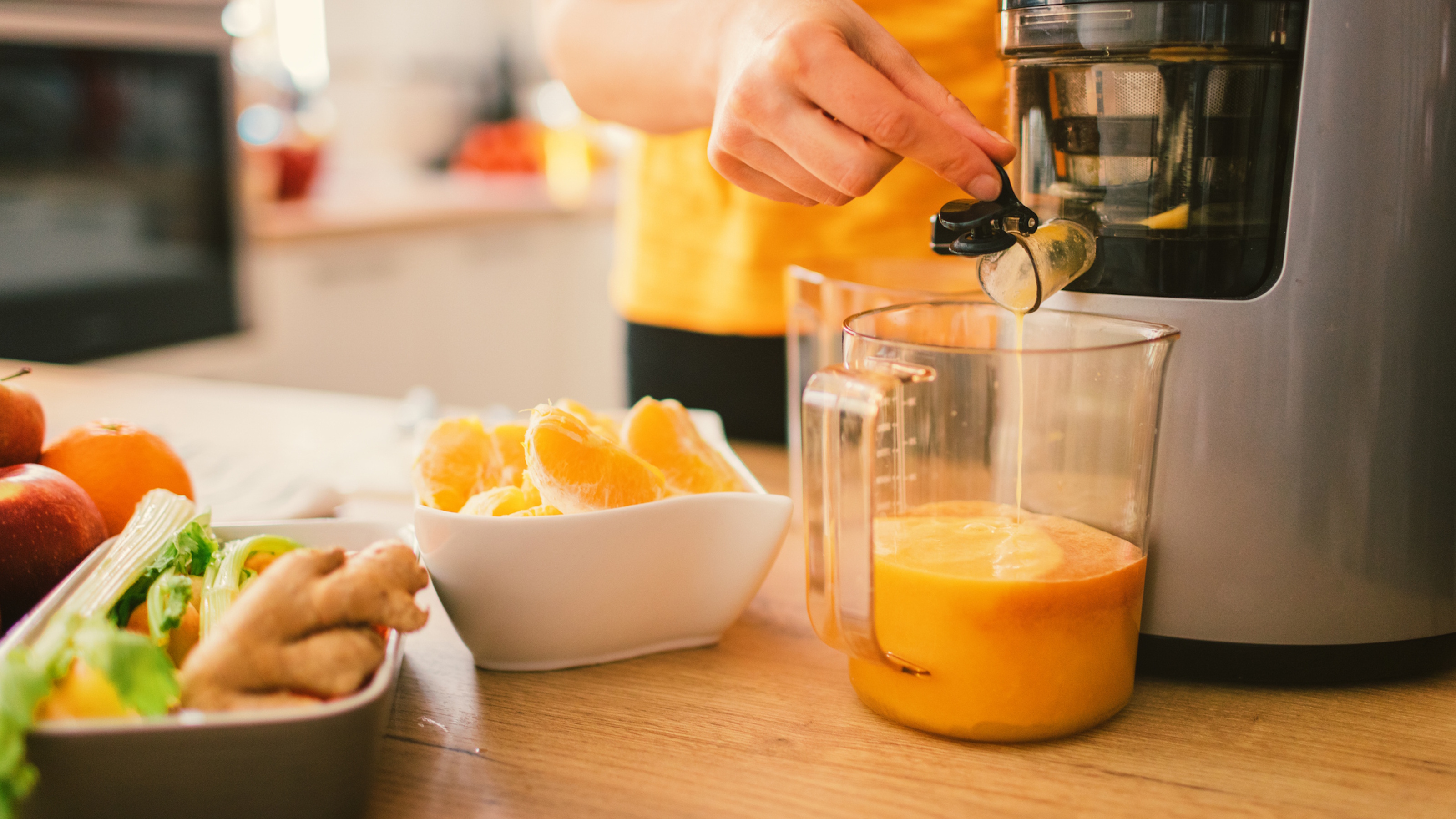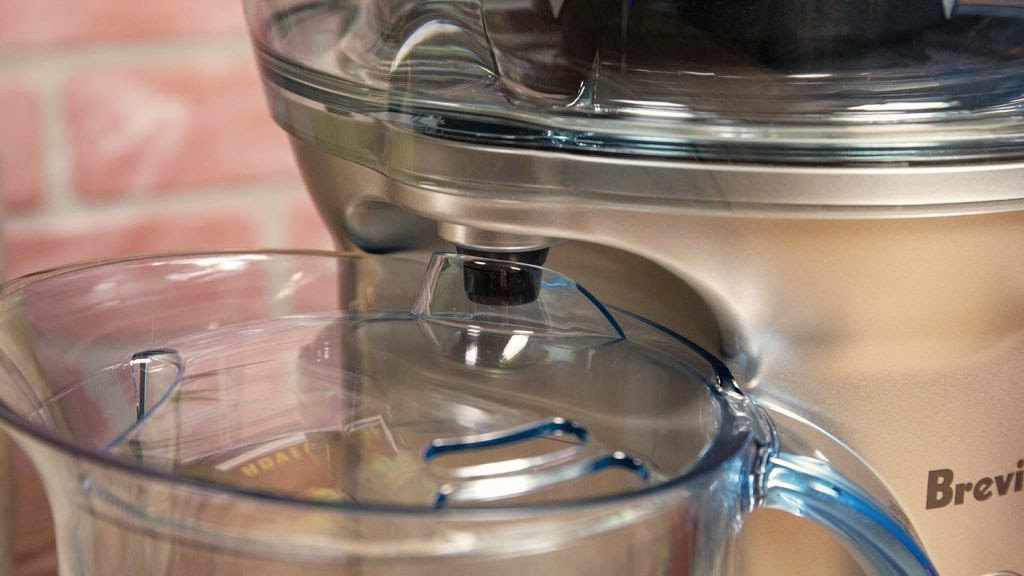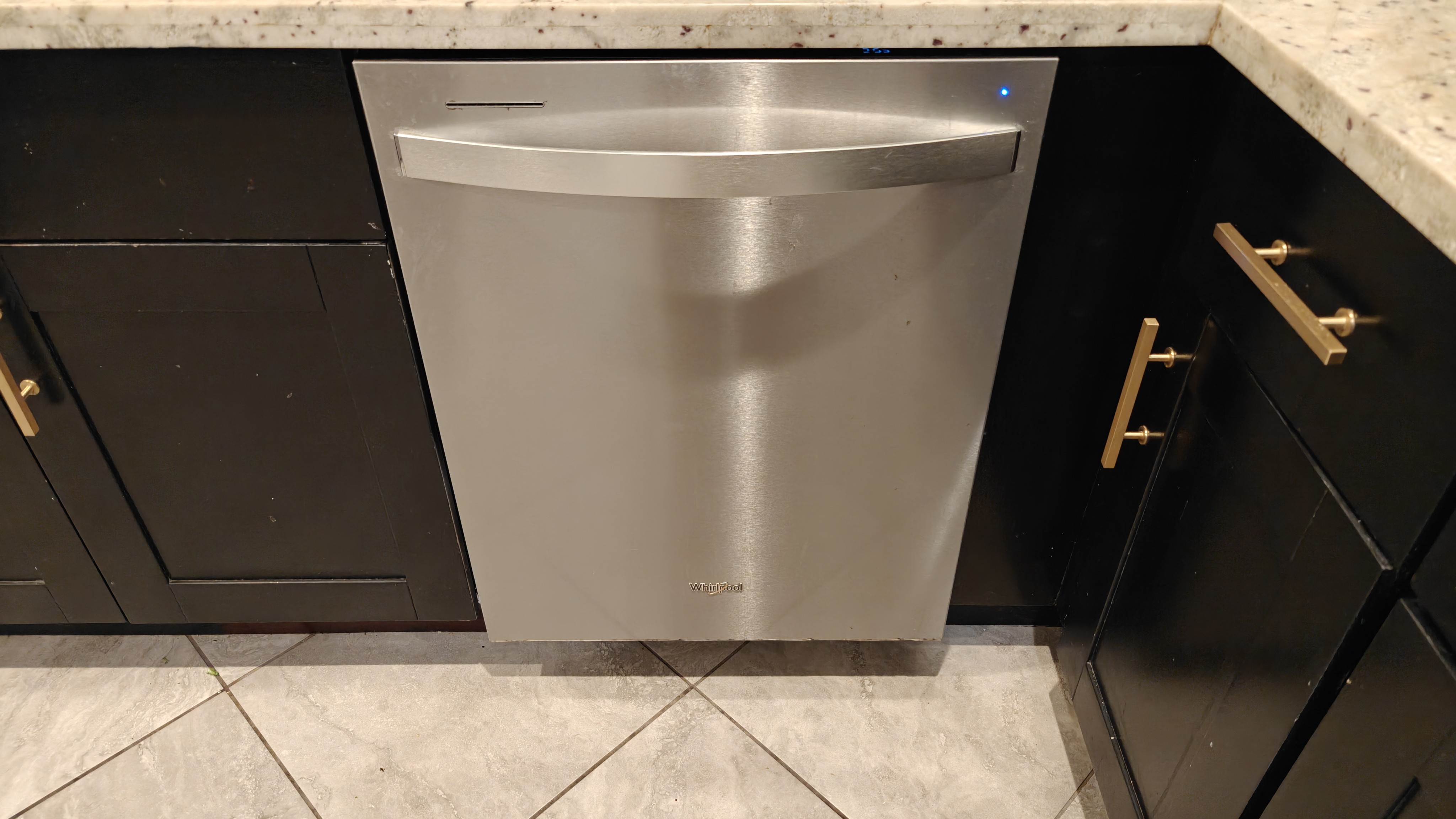What is a cold press juicer? The science behind healthier juicing
Keep more nutrients intact and produce a higher yield of juice with a slower and cooler juicer

For those looking to kickstart their health and wellness journey, investing in the best juicer can be a great way to ensure they have the proper nutrients to fuel their body and mind. Juicers can be especially beneficial to those who struggle to consume the recommended daily amount of fruits and vegetables.
Beyond helping maintain your nutrition, the combination of vitamins, minerals, and antioxidants in juices does far more. Whether you're looking to boost your immune system to help prevent sickness, lose a few pounds, or even want to improve your skin, the list of the benefits of juicing is a long one.
Unfortunately, purchasing premade juices can get expensive and often have fewer nutrients. What’s worse? Some may even contain additives that counteract the good these juices were doing for your body in the first place. One way to cut costs and ensure only the best ingredients in your drink is to make it yourself using a juicer. But not all are created equal, so grabbing a cold press juicer is the best way to get the most out of your produce and other fibrous ingredients.
What is a cold press juicer?
Unlike the more common centrifugal juicers, which chop fruit, vegetables, and other foods into tiny shreds using a sharp, fast-spinning blade that often generates heat and causes oxidation, a cold press juicer keeps things cooler—hence the name.
Also known as a masticating or slow juicer, a cold press juicer uses a spinning auger to squeeze and smash fruits, vegetables, and other foods with ultra-high pressure. This creates a fine pulp pushed through a filter to separate seeds, skin, and other fibers, resulting in fresh, easy-to-drink juice. This slow process doesn’t create heat like many centrifugal options, keeping more vitamins and minerals intact and often producing a higher yield. So, you’ll enjoy a thick, nutrient-dense beverage.
Advantages of a cold press juicer
Better nutrient retention
A cold-press juicer doesn’t create heat like a centrifugal juicer’s spinning blades tend to. Instead, it slowly smashes the produce and sends it through a sieve or filter. This low-heat process helps avoid the degradation of nutrients in the produce.
Sign up to receive the latest news, reviews, buying guides and deals direct to your inbox
Quiet operation
An auger or screw-type mechanism that slowly spins at less than 100 RPM to extract the juice from ingredients minimizes noise levels. A centrifugal juicer is much louder, with a noise similar to blenders, so cold press juicers are ideal for those who share a space.
Less Waste
No matter what type of juicer you use, it will produce less fiber than the whole fruit or vegetable. However, thanks to the extraction method, cold press juicers retain some soluble fiber, creating a thicker, pulpier juice with less waste than centrifugal options.
Improved taste
Cold press juicers help retain the taste of the fruit and vegetables better than centrifugal juicers. Spinning the centrifugal juicers causes more air to enter the juice, leading to oxidation. That, coupled with the higher heat, leads to the loss of flavor.
Longer shelf life
The oxidation caused by centrifugal methods of juice extraction also causes the shelf life of juices to be shorter than cold press juices. Centrifugal juices only last a day, while cold press juices will last a few days. Of course, shelf life is also dependent on the ingredients used.
Better handling of leafy greens
Since centrifugal juicers rely on high-speed chopping of ingredients for juicing, extracting the juices from ultra-thin greens like kale and spinach is harder. Plus, heat and oxidation make greens more susceptible to losing nutrients. The slow and powerful grinding and smashing methods of cold press juicers help keep more enzymes and minerals intact.
Disadvantages of a cold press juicer
Slow
Cold press juicers, also known as slow juicers, take longer to extract juices than the more typical centrifugal options. Prep time also tends to take longer, as the chutes and hoppers for these juicers are often smaller, meaning you’ll need to chop up some produce yourself.
More expensive
Although some inexpensive cold-press juicers exist, these budget-friendly options are often smaller and less potent than centrifugal juicers in the same price range. The selection is also more limited.
Pulpier juices
The juices of cold press machines are often thicker, which means pulp. Some juicers let you select the amount of pulp in your drinks by adjusting the size of the sieve. Still, you can expect some type of pulp in all your drinks. If you’re not a fan of pulp, centrifugal may be a better option.
Size
Cold press juicers are often bigger and heavier than centrifugal ones.

What to look for in a cold press juicer
Price
Unfortunately, cold press juicers are more expensive than other types. Still, it’s possible to find options for less than $100. Just be prepared to sacrifice size, features, and accessories with budget-friendly machines. That often means more prep work before juicing, longer juicing times, and less adjustability regarding pulp amount.
Design
When purchasing a juicer, it’s essential to consider its looks, dimensions, and durability. If you’re planning to make juices daily, chances are good you’ll want to avoid lugging the often bulky machine from a cabinet, so finding an option that matches the aesthetic and size of your kitchen is essential. Those with smaller spaces should opt for a juicer that’s a bit more compact to ensure you have plenty of space for other kitchen essentials.
Durability is equally important, especially for those planning on daily usage. It may be worth investing in a nicer machine rather than buying something cheap that could break or have a significant performance drop after only a few months.
Of course, you’ll also want something easy to use. A juicer with many parts that are a pain to clean will end up tucked deep in a cabinet in the graveyard of your other rarely used kitchen appliances.
Reviews
Whirlpool 24" Stainless Steel AI Dishwasher Review
Napoleon TravelQ PRO285 Portable Gas Grill review
Dreame L40 Ultra Robot Vacuum Cleaner and Mop review: almost hands-free cleaning
GE Profile Smart Mixer with Auto Sense review: a powerful, thorough mixer
Echo eForce DPB-2500 review: a leaf blower as a snow removal tool?
DPAS-2100 + Pro Paddle Attachment review: a new way to remove snow this winter?
Midea MAD53109APK 5.5QT Air Fryer review: a small, simple, and highly effective option
Eureka J15 Pro Ultra Robot Vacuum review: hands-free cleaning for busy families
Capacity
A large hopper or chute will help you avoid chopping up as many fruits and veggies as possible to make more juice quicker. You also won’t need to constantly feed the machine with a bigger hopper and chute, making the process slightly more hands-off.
The size of the juice and pulp cups is equally essential. If you're making large quantities of juice, you’ll want larger containers to avoid frequent emptying. Smaller capacity cups will be excellent if you're just making a glass at a time.
Cleaning
Cleaning up after making juice can be lengthy, so you should opt for a juicer that suits your needs and time constraints. If you’d like to avoid as much hands-on cleaning as possible, look for an option with easy-to-remove, dishwasher-safe components. Wash and wipe everything up immediately after juicing to save even more time. When the food particles and juice dry, the caked-on (and sometimes sticky) mess created will be even more complicated to clean. Luckily, most should come off with a quick rinse in the sink.
Many juicer brands make cleaning more manageable by offering brushes and other cleaning tools that work with the machine. These tools allow you to remove grime from harder-to-clean areas like the chute and sieve. It’s essential to clean these parts thoroughly to prevent clogs, performance dips, and other headaches during your next juicing session.
Features
Some cold-press juicers offer an auger to slowly smash and grind ingredients into a fine pulp. They also come with different filters or sieves to adjust the size and amount of the pulp. Thus, certain cold-press juicers can make nut milk, smoothie-like beverages, or sorbets.
How to use a cold press juicer
- Prepare your ingredients: Wash all your fruits and vegetables and chop larger, firmer foods into smaller pieces to fit into the chute. Soak your nuts for the suggested time (usually 12 hours or longer) if you're making nut milk.
- Set up the machine: Ensure the components are correctly installed, and cups are in place for a smooth juicing process.
- Begin juicing: Add your ingredients to the chute or hopper. It’s generally best to start with the softer ingredients and move on to the firmer ones. Turn on the machine and let the juices flow. Be sure to keep adding your ingredients to the chute and check to ensure the juice and pulp cups aren’t full. Should something get backed up, many juicers have a reverse switch that usually fixes the issue.
- Clean up: After juicing, rinse and wash the components quickly. Once the food remnants dry, they can be a pain to remove.
- Drink up: For the best-tasting, freshest juice, drink it immediately. However, depending on the ingredients, it can be stored in the fridge for a few days. Just be sure to toss it if you notice mold or an off-taste.

Danielle Abraham, a Public Relations and Advertising graduate from the Rochester Institute of Technology, specializes in reviewing robot vacuums and coffee makers for Top Ten Reviews. Her work has been featured in top publications like IGN and TechRadar. She enjoys reading, watching documentaries, and hiking in Los Angeles and New York in her free time.
